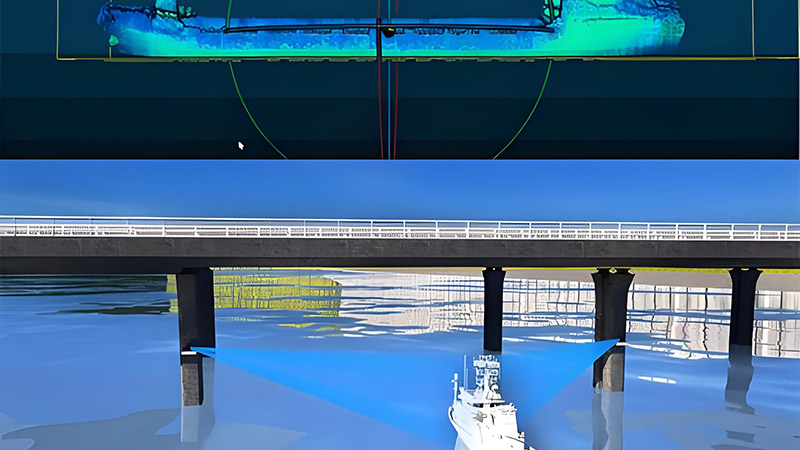Artificial intelligence (AI) is revolutionizing the way shipborne LiDAR data is processed and analyzed. By automating complex tasks and providing advanced insights, AI enhances the efficiency and accuracy of maritime operations. Here’s how AI can be leveraged to optimize LiDAR data analysis on ships:

1. Automated Data Cleaning
- Noise Reduction: AI algorithms can automatically identify and remove noise from LiDAR data, improving data quality.
- Error Detection: AI systems can detect and correct errors in real-time, ensuring the accuracy of the collected data.
- Data Standardization: Automate the standardization process, making it easier to integrate LiDAR data with other datasets.
2. Advanced Data Analysis
- Pattern Recognition: Use AI to recognize patterns within LiDAR data, such as identifying underwater structures or changes in coastal topography.
- Predictive Modeling: AI-driven models can predict future changes based on historical data, aiding in proactive decision-making.
- Anomaly Detection: Implement AI for real-time detection of anomalies, allowing for immediate action to be taken during maritime operations.
3. Enhanced Data Interpretation
- 3D Modeling: AI can generate detailed 3D models from LiDAR data, providing a clearer visual representation of maritime environments.
- Data Fusion: Combine LiDAR data with other sources, such as sonar or satellite imagery, using AI to create more comprehensive analyses.
- Real-Time Insights: AI can process and analyze data in real-time, providing immediate insights that are crucial for navigation and safety.
4. Efficiency in Data Management
- Data Compression: AI can optimize storage by compressing LiDAR data without losing important details, reducing storage costs.
- Automated Workflows: Streamline data processing workflows with AI, reducing the time and effort required for data analysis.
- Resource Allocation: AI can dynamically allocate computational resources based on the complexity of the data, ensuring efficient processing.
5. Improved Decision-Making
- AI-Powered Dashboards: Use AI to create interactive dashboards that provide actionable insights at a glance, aiding in quick decision-making.
- Risk Assessment: AI can evaluate data to assess risks, such as potential navigational hazards, helping to enhance maritime safety.
- Operational Efficiency: By providing timely and accurate insights, AI improves overall operational efficiency, reducing costs and enhancing productivity.
Conclusion
AI is a powerful tool for optimizing shipborne LiDAR data analysis. By automating data processing, enhancing analysis capabilities, and improving decision-making, AI enables maritime professionals to extract maximum value from their LiDAR data. Integrating AI into LiDAR operations is essential for staying ahead in the rapidly evolving maritime industry.


